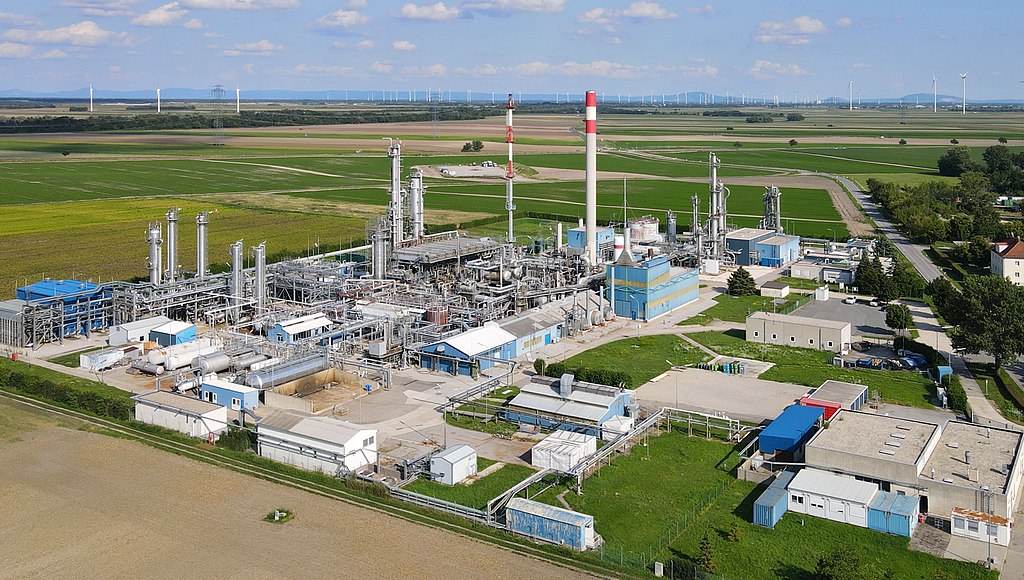Russia has cut gas deliveries via the Nord-Stream 1 Baltic Sea pipeline by 40 percent. Gazprom justifies the step with repair and maintenance work for which important spare parts from the German Siemens Group are missing. This means that about 67 million cubic metres of natural gas are missing to fill the gas storage facilities for the winter.
Gazprom reduces gas deliveries via Nord-Stream 1 by 40 percent
Nord-Stream 1 is the most important connection for the delivery of gas from Russia to Germany. The pipeline has been in operation since 2011 and runs from Vyborg in Russia, northwest of St. Petersburg, to Lubmin in Mecklenburg-Western Pomerania. In 2021, Russia delivered 59.2 billion cubic metres of natural gas from Russia to Europe via this pipeline.

Bild: Bwag, CC BY-SA 4.0, via Wikimedia Commons
Missing spare part from Siemens named as reason
Now Russia has throttled the daily throughput from 167 million cubic metres of gas to 167 million cubic metres. The reason given by Gazprom is that a gas compressor unit did not return from repair at Siemens in time. So far it is unclear whether the Munich-based Siemens AG or the spun-off power engineering group Siemens Energy is responsible for the repairs. The company has not issued a statement to this effect.
According to a spokeswoman for the Ministry of Economics, the German gas supply is not endangered by the curtailment. “We are monitoring the situation and examining the facts,” the spokeswoman said.
Gas supply via Yamal pipeline and Ukraine also sharply reduced by Russia
Russia has already stopped filling the Yamal pipeline to Europe. In addition, Russia has also severely curtailed the gas pipeline through Ukraine. As a result, Russian gas deliveries are currently far below plan. Especially in the summer months, when consumption in private households falls sharply, the natural gas storage facilities in Europe should be filled for the winter months. It is questionable whether the target of filling the gas storage facilities to 80 percent for the cut-off dates of 1 October and 90 percent for 1 November can still be achieved with the curtailment. This depends primarily on how long the curtailment will last. With the announcement of the reduced deliveries, the gas price has immediately increased.
